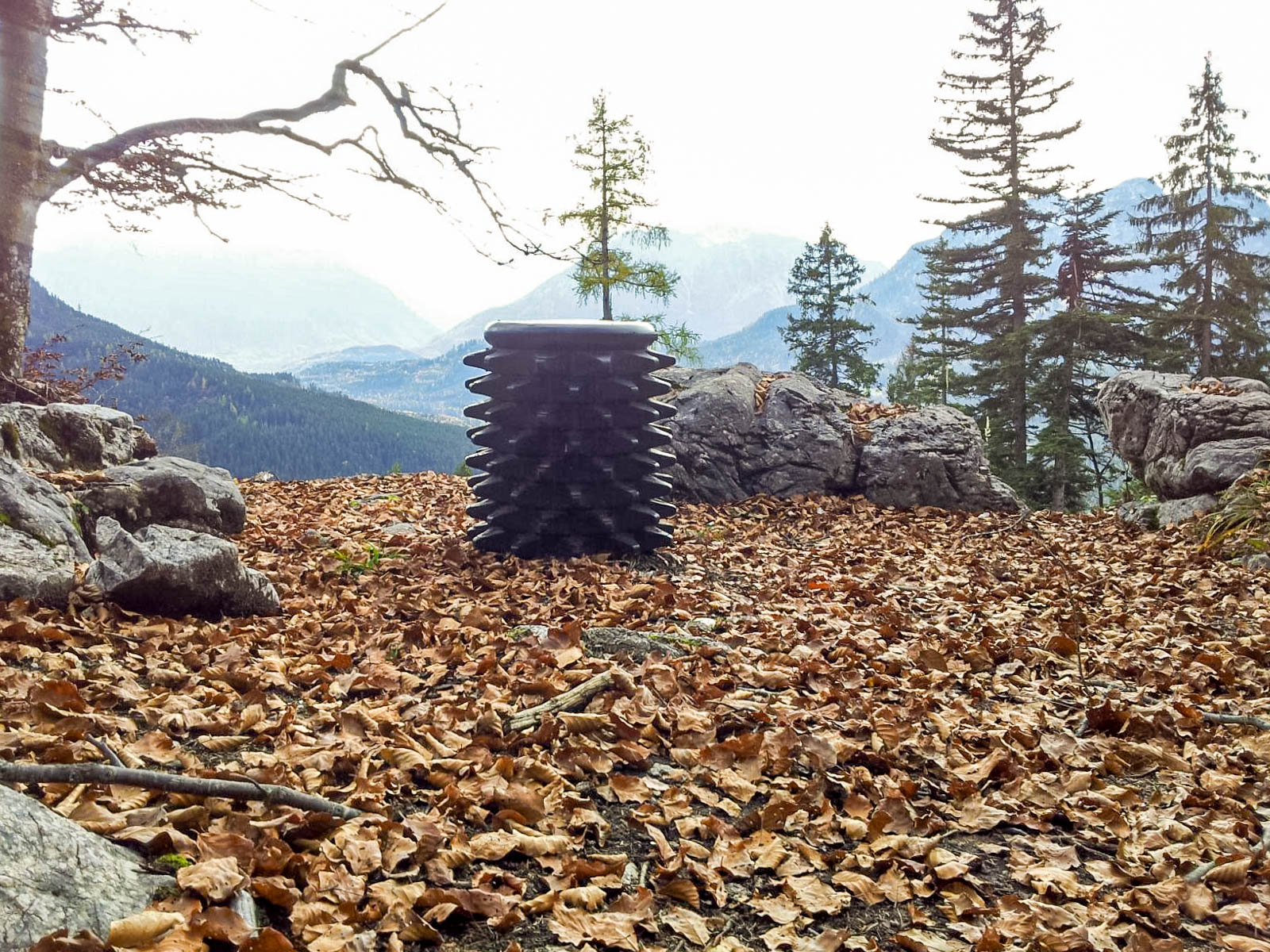Landscapes such as the Salzkammergut are not only living and natural spaces, they also have a political history. In addition to the active support of National Socialism, the tradition of resistance against the “authorities” was particularly evident in the case of Hitler’s fascism. Areas of the alpine pastures and high mountains that were inaccessible to outsiders served as retreats and hiding places for those persecuted for political and religious reasons. Familiarity with the barrenness of the environment and the harsh climatic conditions, as well as the cohesion of the inhabitants in local collectives, enabled the persecuted to survive. The aim of the hikes in the Salzkammergut landscape is to anchor the memory of the men and women of the resistance in the collective memory.
The rugged mountain areas, dense forests and extensive alpine pastures of the Salzkammergut served not only as hiding places for resistance fighters and deserters during National Socialism, but also for some high-ranking National Socialists. Within the framework of the project, hikes will take place that are not so much aimed at spectacular mountain peaks, but rather lead to original locations that played an essential role in this context, but have largely disappeared from the collective memory or have never taken root there.
(Original title: Wege des Widerstands)



Contributors
VHS Upper Austria – Salzkammergut branch (project managers)
Wolfgang Quatember, Nina Höllinger (Contemporary History Museum Ebensee)
Juliane Leitner, Guenter Hupfer (Hiking guides)
With the support of: Upper Austrian Chamber of Labour
Lisa Neuhuber (Head of Programme remembrance culture)
When
May to October of 2024















